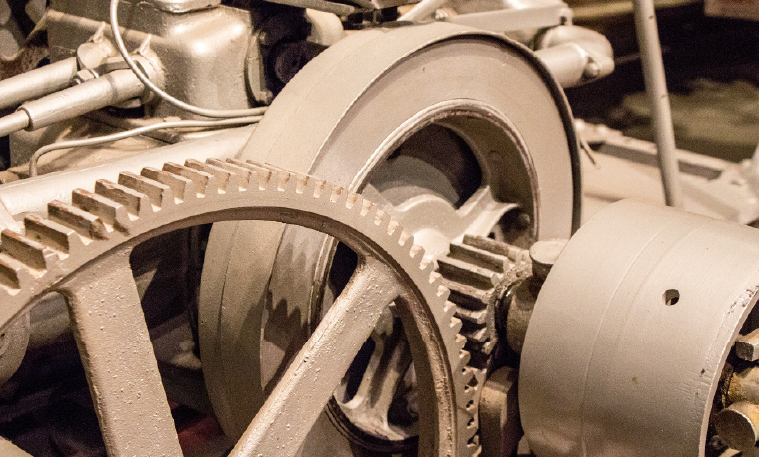Mobile:+86-311-808-126-83
Email:info@ydcastings.com
Understanding the Function and Design of Diesel Engine Exhaust Manifolds
Understanding Diesel Engine Exhaust Manifolds
The diesel engine has been a cornerstone of heavy-duty transportation and industrial applications for decades, primarily due to its efficiency and power. At the heart of this engine's functionality is a critical component known as the exhaust manifold. This essential part of the diesel engine plays a significant role in the overall performance, efficiency, and emissions control of the vehicle.
What is an Exhaust Manifold?
The exhaust manifold is a component that collects exhaust gases from multiple cylinders and directs them to the exhaust outlet. In a diesel engine, where combustion occurs at high pressures and temperatures, the exhaust manifold has to withstand extreme conditions. Typically made of cast iron or stainless steel, its design must accommodate the flow of exhaust gases while minimizing backpressure to ensure optimal engine performance.
Design and Functionality
The design of the exhaust manifold varies depending on the engine configuration (inline, V-type, etc.) and the specific requirements of the application. A well-designed exhaust manifold serves several functions
1. Gas Flow Management The manifold collects exhaust from all cylinders and channels it towards the turbocharger (if equipped) or directly to the exhaust system. Effective gas flow is critical to maintaining engine performance and responsiveness.
2. Heat Dissipation Diesel engines generate significant amounts of heat, and the exhaust manifold is responsible for dispersing this heat to avoid potential damage to engine components.
diesel engine exhaust manifold

4. Emission Control Modern exhaust manifolds may incorporate features that assist in emissions control, including the integration of catalytic converters that help reduce harmful emissions before they exit the exhaust system.
Challenges Faced by Exhaust Manifolds
Despite their robust design, exhaust manifolds face several challenges. High temperatures can lead to thermal fatigue, which may cause cracking or warping over time. Additionally, the continuous exposure to corrosive exhaust gases can lead to rust and deterioration, particularly in environments where road salt is prevalent.
These issues necessitate regular inspections and maintenance to ensure the manifold remains in good condition. Failure of the exhaust manifold can result in decreased engine performance, increased emissions, and in some cases, engine damage due to overheating.
Innovations and Improvements
Advancements in materials science and engineering have led to innovations in exhaust manifold design. Manufacturers are increasingly using advanced alloys and coatings that enhance durability and resistance to corrosion and thermal stress. The integration of variable geometry in turbocharged applications has also improved manifold efficiency by optimizing the flow of exhaust gases, thereby enhancing turbo response and engine power.
Furthermore, modern diesel engines are often equipped with exhaust gas recirculation (EGR) systems, which can be integrated into the exhaust manifold design. This system recirculates a portion of the exhaust back into the engine's intake, reducing nitrogen oxide emissions and improving overall fuel efficiency.
Conclusion
The exhaust manifold is a vital component of diesel engine performance and efficiency. By effectively managing exhaust flow, dissipating heat, and contributing to emissions control, the exhaust manifold ensures that diesel engines operate smoothly and meet modern environmental standards. As technology progresses, we can expect continued innovations that enhance the functionality and resilience of this essential engine component. Proper maintenance and timely upgrades will ensure that diesel engines remain powerful and efficient for years to come, contributing to a sustainable future in transportation and industry.
-
Impeller Technology That Powers Precision in Pump SystemsNewsMay.22,2025
-
Valve Durability Begins with Quality Cast Iron ComponentsNewsMay.22,2025
-
Performance Cooling with Advanced Automobile Water Pump SolutionsNewsMay.22,2025
-
How Motor Housing and Oil Pans Shape Engine PerformanceNewsMay.22,2025
-
How Metal Castings Drive Modern Manufacturing EfficiencyNewsMay.22,2025
-
Exploring the Engineering Behind Valve Body CastingsNewsMay.22,2025











